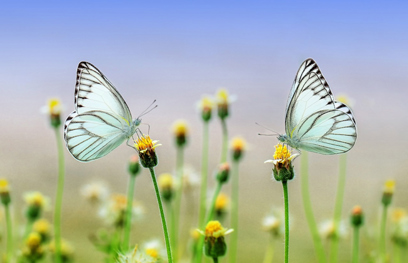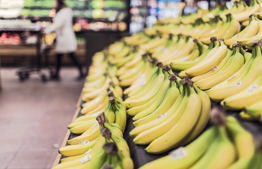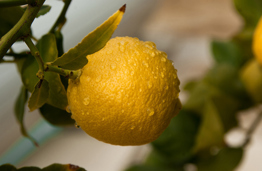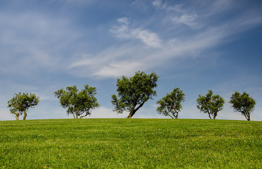Observance of land-dependent commandments in communal gardens

The Ministry of Agriculture and Rural Development, Training & Professional Services Unit. Plant Engineering and Botanical Gardens Unit, Plant Engineering Division In collaboration with the Torah VeHa'aretz Institute
In recent years, the field of communal garden has been expanding all over Israel. In Israel today there are thousands of community gardens, most set up by local initiative, while some by public and municipal organizations. Working the land in a communal setting has multiple benefits, including: promoting a direct connection with the soil; fostering a bond among man, soil, and community; consolidating and strengthening community life on various levels; facilitating joy that accompanies creative activity; and enriching culture and leisure, among others.
The planting and upkeep of communal gardens are performed by many people from a large variety of groups in Israel, including community members from different social streams, who find common ground through this meaningful shared social activity. Participants in community gardening include Torah-observant and traditional Jews who are interested in gardening and observing the mitzvot (commandments) linked with working the soil.
Upon their entry to the Land of Israel, the Israelites were first commanded to plant fruit trees: "When you enter the land and plant any fruit tree …" (Levit. 19:23). The Torah emphasize multiple times the great importance of working the soil in the Land of Israel.
The mitzvot relevant to communal gardening are as follows:
- Kilei zera'im, interplanting: When sowing seeds or planting various vegetables and herbs, each type of plant needs to be separated by a distance of 15 cm from other types. When planting vegetables that tend to spread out (mint, pumpkin, watermelon, cucumber, squash), 1 m should separate these plants from other types of plants. Two vegetables that spread out should be planted 2 m apart. If different types of plants were planted in close proximity (closer than the above guidelines), one of the vegetables needs to be uprooted. Only vegetables planted with sufficient distance between them can be preserved in place.
- Separating terumot (offerings) and ma'aserot (tithes): When harvesting the vegetables and fruits and bringing them into the home, terumot and ma'aserot need to be separated before they can be eaten. Before this process is performed, it is forbidden to eat this produce. It is permissible to eat an individual fruit or vegetable in the garden without separating terumot and ma'aserot (for instance a single grape, one orange segment).
For the complete text for separating terumot and ma'aserot, click here.
Due to the complexity of the matter, including the requirement at times to transfer the sanctity of the coin at times, it is recommended to subscribe to a ma'aser fund, which are run by various institutes involved in land-dependent mitzvot. Subscribing to the Beit HaOtzar ma'aserot fund of Torah VeHa'aretz Institute (possible online) facilitates a quick and easy separation of terumot and ma'aserot, also facilitating giving ma'aser ani (poor man's tithe) and ma'aser rishon (first tithe) to the poor and a Levi, respectively. - Prohibition against eating insects. Small insects generally infest various leafy vegetables (lettuce, cabbage, cauliflower, scallions, celery, etc.) and herbs (mint, artemisia, parsley, coriander, hyssop, thyme, etc.). Jewish law prohibits eating all sorts of insects, so it is important to soak, rinse, and inspect each leaf prior to consumption.
- Kilei hakerem (interplanting with vineyards). A distance of at least half-a-meter should be maintained between a grapevine and edible plants or herbs. It is prohibited to grow such plants beneath the grape shoots or under the vine's trellis. Plants that grew beneath a grapevine from the time grape buds appear, along with the grapes, are forbidden to eat or derive benefit from.
- Orlah in fruit trees and neta revay. When planting a fruit tree, its fruits are forbidden for consumption and benefit for the first three years. Fruit that blooms after Tu BiShevat (15 Shevat) of the tree's fourth year is called neta revay (fourth-year sapling) and it is permitted to eat after transferring its sanctity onto a special coin. Members of a ma'aser fund can easily transfer the fruit's sanctity, following the fund's guidelines.
As there are many intricate laws dealing with these mitzvot, it is possible to contact Torah VeHa'aretz Institute, or other institutes devoted to the land-dependent mitzvot, with any questions on various related issues, in Hebrew or English.
Tel: 08-6847325, e-mail: machon@toraland.org.il, www.toraland.org.il/en.
All of the recommendations provided in this bulletin are recommendations only.
For the Hebrew version of this pamplet see here, and on the Ministry of agriculture and rural development's web site, here.




